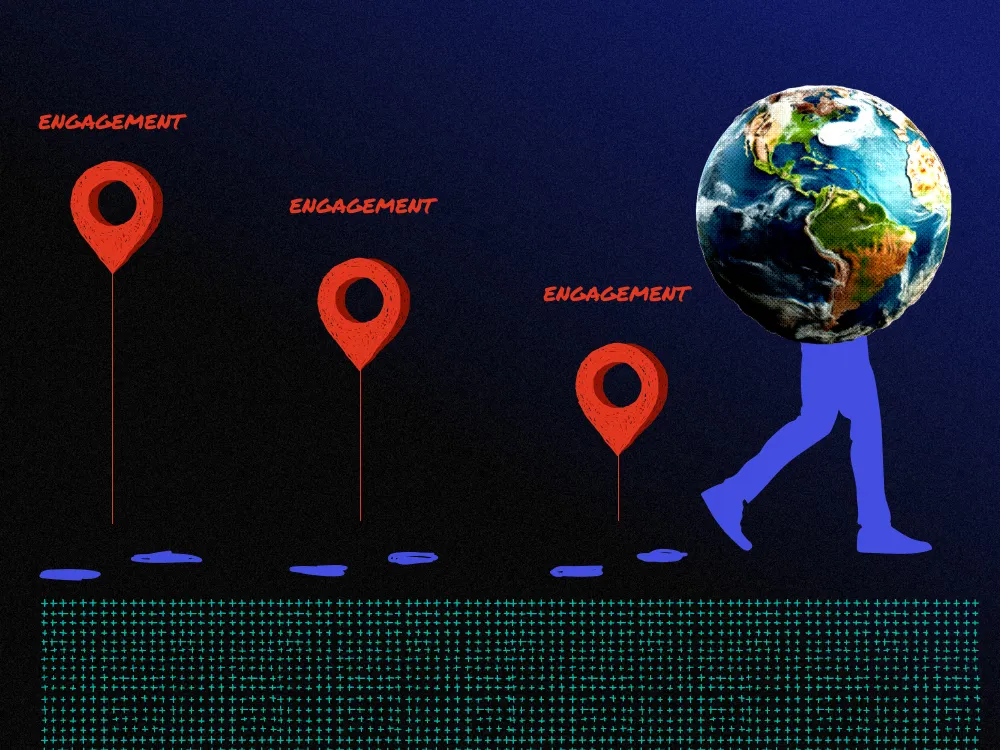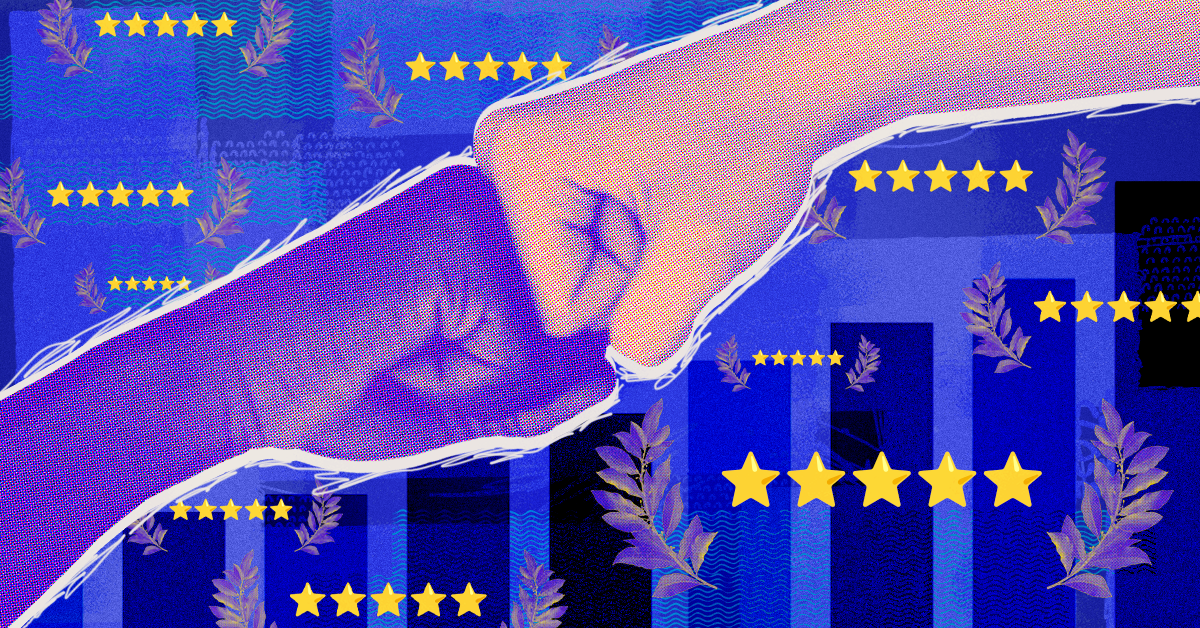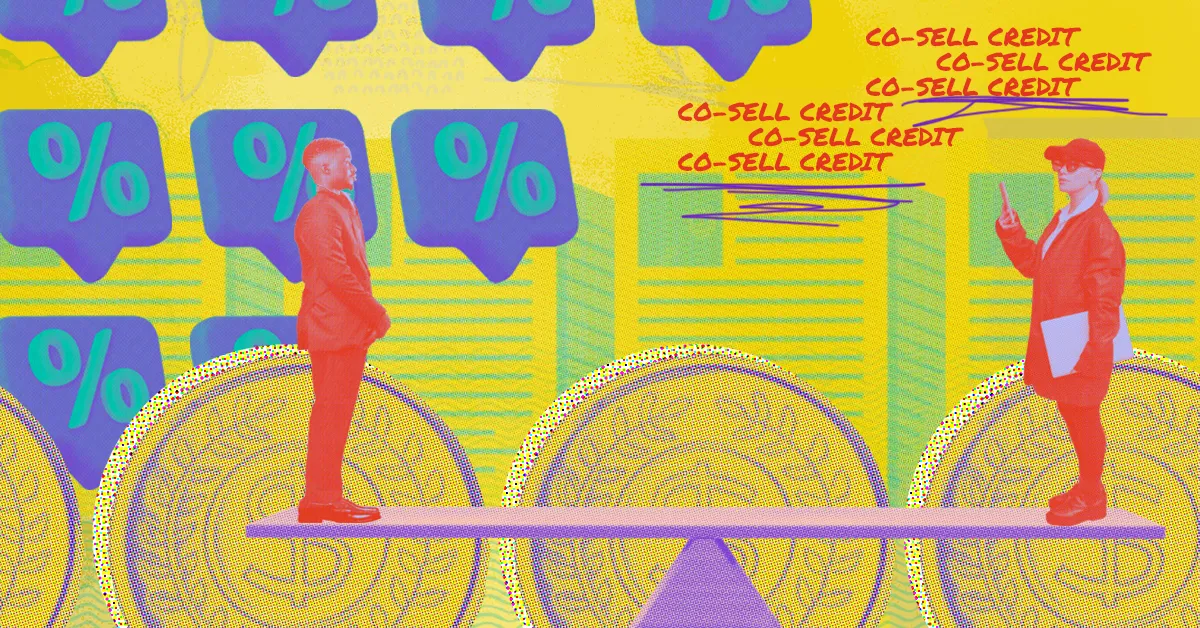Expanding globally with a partner program can significantly boost revenue by opening up new markets. However, it’s important to approach this step thoughtfully. Going global isn’t simply expanding to a new region within a familiar country; it requires a different strategy and careful planning.
Success in global expansion comes from thorough preparation, assembling a strong team and proper measurement. With the right approach, achieving revenue success is possible. I’ve experienced this firsthand through my work at companies with varying sizes, technology and commitments to a channel ecosystem.
When executed well, global expansion will have a significant impact on a company’s success. At one company, optimizing global coverage accelerated the mid-market and SMB partner business so much that those markets contributed 60 per cent of the company’s revenue, up from 40 per cent. At another company, we opened 180 countries, mostly tier two and tier three, resulting in five times the business, contributing 40 per cent net new revenue in year three at margins above our existing business.
This article will:
- Outline the signs that indicate your organization is ready for global expansion
- Provide a framework for launching in ways that enhance your bottom line
When does it make sense to go global?
For chief revenue officers (CROs), global strategic partnerships can be incredibly valuable. Partners with local expertise can facilitate deals in new markets, saving the company time and resources on hiring and onboarding new account executives.
However, simply having a broader reach doesn’t guarantee immediate success. You will want to research market fit, growth potential and cultural relevance to make the most of your global expansion efforts.

How to launch a successful global partner program in 8 steps
After you have the core three in place — fit, potential and relevance — it’s time to:
Recognize cultural barriers
People like to buy from folks they know. If you’re new to an area, leverage strategic alliances and partners to better understand expectations. Also, it is important to identify folks you can trust to represent your brand correctly and follow local laws, taxes and customs.
Companies put a lot of effort into building brand equity, and it’s easy to lose touch with that when going global. Choose your first partners and hires carefully.
Forecast in potential markets
Set realistic expectations with your leadership team about what your partners can do and if going global will really make a difference. Here are some things to think about:
- Lead generation: How many more new leads will you get with a partner compared to a new salesperson? Use your conversion data and potential revenue to forecast ROI.
- Budget allocation: Smaller markets mean smaller budgets, so be smart about your spending. Once you see positive signs of a new market taking off, focus your budget on those areas instead of spreading it evenly across all small markets. The success in these early secondary markets should replenish the initial budget, letting you expand as other areas show promise.
- Financial considerations: Talk to your finance team for help understanding the impact of areas such as exchange rates, handling partner incentives and taxes. For example, how you treat partner rebates in a country will affect what the partner actually earns. Don’t give the competition an advantage just because you handle incentives differently.
Assemble a strong partner team
Want to get your program started on the right track? Local and global alignment are fundamental to success. Hire partner resources locally but ensure you harmonize the local goals with the global remit.
This means aligning on a common job description and KPIs. Local hires are on your team, working towards the same goal. They know their market, are eager to collaborate and can provide valuable insights into what’s working and what isn’t, and most importantly, why.
Understanding how their view is different from corporate and local is where opportunity presents itself. Often, these views can be dismissed early on as going against processes, but in this early stage of global expansion, new ideas should sometimes trump or augment tradition.

Choose the right partner segments
Understanding how your customers consume your technology will go a long way in deciding which partner types will best serve you in a new market. The lines between these partner types tend to blur depending on whether the solution is services-oriented or product-oriented as well as where the partner stands on their journey.
When selecting the right solution partners to work with, identify how your technology enhances their offerings and make sure the partners are equipped and motivated to represent your product. Considering all phases of the customer experience — from influencing to acquiring to servicing the solution — likely involves multiple different partner types including independent software vendors (ISV), systems integrator (SI) or global system integrator (GSI), managed service provider (MSP) and others.
Make it easy for partners to sell
If you’re considering taking your program global, you probably have good partner enablement. But I’ll be the first to tell you it needs to be even better.
You need to:
- Create a motion that is easy to understand and conveys the right value proposition
- Translate that motion into local language with the right idioms and slang
- Internalize that motion across your team and ensure the team is evangelizing the messaging to local partners
- Incorporate partner and customer feedback into future iterations
- Provide different vehicles for partners to extend their learning, particularly ones that relate to your gaps in supporting customers locally
Providing strong partner resources, marketing collateral and geo-specific training is also critical — one-pagers, case studies and slides — all in the proper language and that incorporates local regulations. It’s a lot to produce and manage which makes hiring the right talent (in-house or contract) important.
While providing everything upfront can constrain your budget, remember that partners are more likely to collaborate with a company that invests in making their job easier. Focus on creating a collaborative environment where you provide strong resources and actively seek partner input to collectively refine the customer journey. The result is a more effective solution for customers and a less resource intensive scalable model for you.
Related: Why partner education can make or break your program.
Set adequate partner expectations
If you’re mature in a similar market, use that funnel and those rules of engagement as a benchmark. Know your close rate, cycle time and marketing spend. Make every effort to understand how much of the sales cycle a partner can accomplish on their own.
Consult your local experts to determine which of these metrics might be most important to partners in your new geo and use that to inform how you pitch your benefit to potential partners:
- If you have what locals consider a complex product, invest in robust enablement assets and marketing collateral — consider offering resources like joint research, white papers, case studies and setting higher commissions for closing these deals.
- If you know you have a slow cycle time, develop partner competencies to support post-sale efforts — like implementation, upselling, cross-selling and renewals — to not only improve the customer experience and ensure the solution is operating optimally, but also to enable better partner engagement and profitability.
- If you have a fast cycle time, develop a velocity approach. Focus on short conversations that position your product as a quick fix or easy add-on to existing SaaS. Consider tracking attribution through deal registration or creating a program that rewards partners on buying frequency rather than total revenue.
Regardless of how you decide to frame your program and rev share, put it in writing. Draft up a partnership agreement with the help of your legal team and your counterparts in that geo. I’ll say it again: customs and cultures play a critical role in global partnership success.
People on the ground may have insights into how the country does business that is critical to address. Getting buy-in limits the risk of launching an irrelevant program and helps create ownership of its success in the local team.

Engage your partners at every step of their journey
A good way to ensure engagement is to map out the end-to-end customer and partner journey domestically to identify any gaps. For instance, say I have ten partners. five make it to the point where they’re quoting. Two win deals. One comes back and sells with me again.
What’s causing the drop-off at each stage? Is it that our partners don’t:
- Understand what our product does or the value it brings (an enablement problem)
- Care to or know how to ask us for help (an engagement problem)
- Resonate with our message (a marketing problem)
- Have the right relationships (a recruiting problem)
Filling those gaps will help you create a more seamless experience for partners in new geos. I recommend running through these journeys with local partners and considering their feedback.
One thing I hear a lot is that it’s tough to know whether a global expansion is working — and that’s because people are highly focused on closed deals. But there’s a simpler, faster way to get a pulse on your expansion: partner interest.
If you have a well-known brand — especially a consumer-oriented product — more than 50 per cent of the prospective partners you talk to should want to sell your product. If you have a newer product or it’s lesser-known, you should expect more like 20 to 30 per cent. That’s not bad, but your goal should be to get it up to 50 per cent.
You might also like: 5 signs you're ready for a co-selling partnership.
Gather partner feedback and iterate
Thinking that your first partners are only selling your product would be naive. They’re also working with your competitors.
While that can be concerning, it can also be a big advantage. Focus on how you differentiate from competition to the partner and their customers. Spend time understanding how they see your value and lean into it. Winning a segment of these partners will help you really nail down what is working. Identifying the ones with a real interest early on will deliver incredible returns.
Do your best to treat partners well and position some of them as thought leaders in their market. Ask them who your strongest competitors are and what they’re doing differently, how you can better enable their sales and to provide feedback on your messaging.
A partner advisory board (PAB) can be a great resource, but you have to make sure your council is diverse enough to truly represent your deficiencies. Consider not just hosting these at corporate, but also locally, comparing learnings to those in other similar markets and identify consistent opportunities.
Industry events are another great place to engage. Visit with partners that have never worked with your company to gain a better feel as to why and at the same time see the partners that are also delivering great results for you currently.
Forget drastic overhauls! Successful global expansion relies on gathering partner feedback and making incremental adjustments. Disregarding their valuable insights after they’ve invested time in your brand is a surefire way to lose their trust and ultimately, their partnership. Focus on fostering a collaborative environment through open communication and respect for their input — small tweaks based on their feedback will lead to big wins in the long run.

















